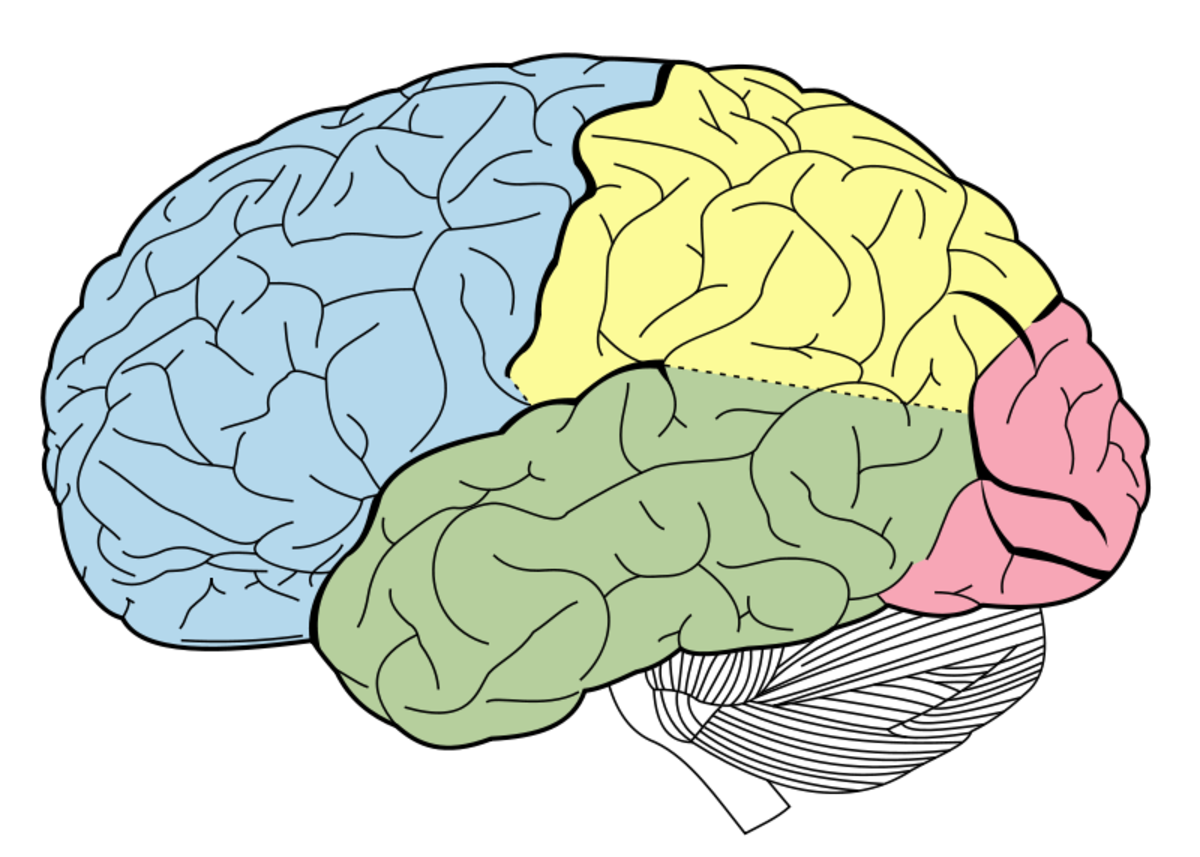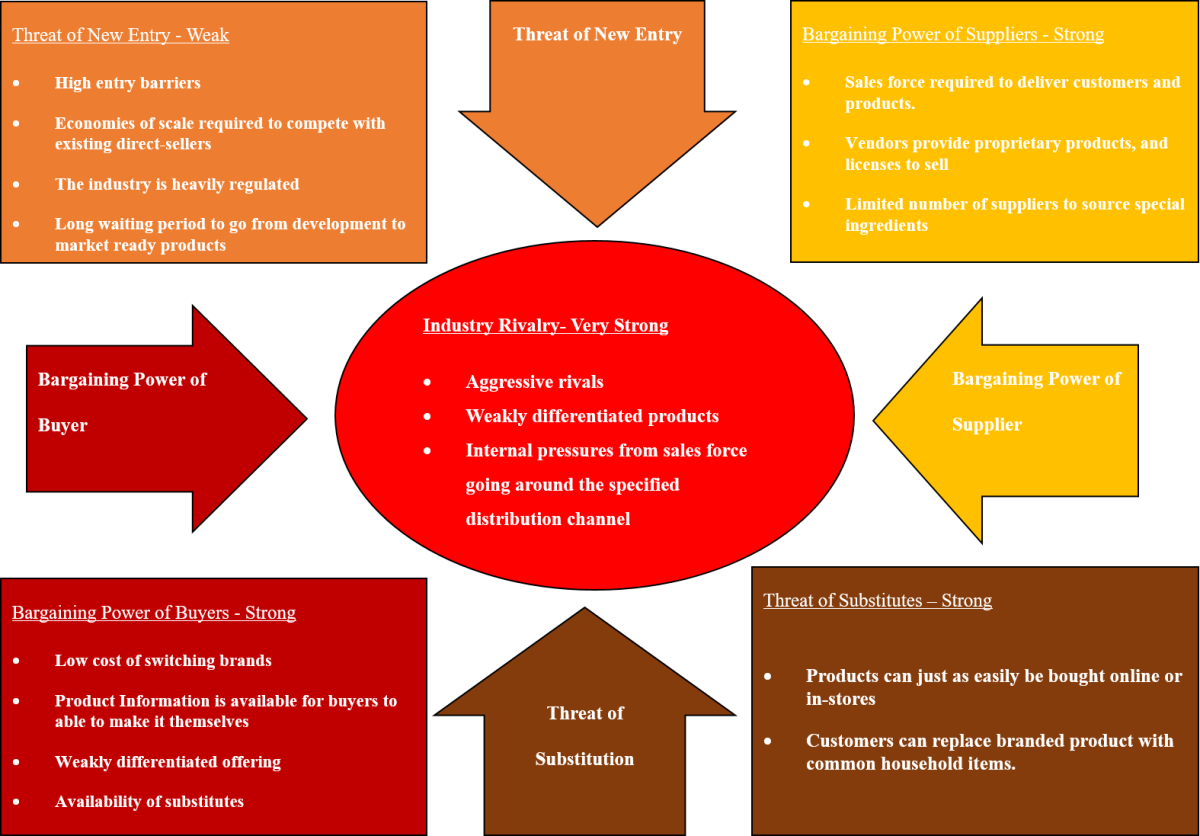Everything is invented, nothing is what it seems
Everything is invented, nothing is what it seems. Why is that? What we see is limited by what we’re “programmed” to receive. What does that mean exactly? Do you mean we are programmed by some external force or aliens? Is there a program running inside our heads? Thankfully no, at least not literally. We are however “programmed” through our genetic makeup, the little 4 letter genes that determine the color of our hair, the shape of our nose, the color of our skin, our personality, et cetera. There are limits to what we can perceive through our senses. For example, we cannot see see in the dark when there is no light around us, but here’s the interesting thing. We cannot see in the dark but that doesn’t mean there is nothing there in the dark. An owl or a cat can see in the dark because their eyes possess sensory cells that allow them to perceive what we humans cannot.
What we see or perceive is only as real as what our brains make it out to be – we create constructs to represent the real world. What the real world really is – who knows? We see a sunset because the receptors in our retina is able to perceive color and transmit that information to our brains. Our brains then create that image of the sunset in our brains. A frog sees a sunset very differently from us. It sees only curves and differences in illumination (lightness and darkness); it cannot see colors because the receptors in its eyes is not able to perceive color. The world is different to a frog and to us.
The second thing about our perception is this: what we see (the territory) is limited by the map we draw in our heads to represent that territory. But maps are only our representation of the territory. What if I have a different map or shift my map upside down or sideways? I will see a different territory. I will see a different “reality”. There are many classic examples that illustrate this. A common one is the famous 9 dot exercise. The nine dots are arranged in a way that creates the sense that there is an artificial box or boundary along the edges of the outer dots.


The other common one is the picture of the old lady or a young lady depending on how you draw the map in your head.
These 2 facts about our perception is the basis of the term everything is invented. What we see may not be reality. What we see is also shaped by the maps or constructs that we create in our heads to represent that reality. If you believe that everything is invented, then invent something that is useful that helps you. This is a belief that can be adopted to help us. If you see something or are faced with an issue, problem or difficulty, invent something new to help you see the issue differently. Invent a new way of seeing the issue – turn it around, turn it sideways, expand it, how does it look from 20,000 feet, does it matter 10 years from now, etc etc. Since you know what you see is limited by your map, question the map that you are using. Another name for the map is assumptions!. What assumptions have you made regarding the issue? What if that assumption was not true? What if you could test out that assumption?
Let’s digress a little and explore this concept using the well known Law of Attraction, made popular by the book “The Secret” by Rhonda Bryne. The premise of the law of attraction is that when we think, we are sending out thought waves or vibrations and when we send out positive vibrations, the positive intention will manifest itself in the world. Is this true? Who knows? Some compelling scientific evidence has actually shown that thoughts can indeed affect matter. In the book Intention experiment, various experiments have been conducted by scientists around the world to test this hypothesis. For example, an experiment where a number of healers (test subjects) were placed in a special room constructed to pick up electromagnetic energy. When the healers were asked to focus their healing energies toward someone outside the room, the device picked up huge surges of electromagnetic energy. Many other experiments involving directing focused mental thoughts towards a petri dish of cancer cells showed that different results depending on what thought is directed at it. If you wish to find out more about this, I strongly suggest you pick up a copy of the book The Intention Experiment for a fascinating read. You can also visit the website at http://www.theintentionexperiment.com
What does all this tell us? Just because we cannot perceive something, it doesn’t mean it is not there, just because we cannot see these thought vibrations, it doesn’t mean it is not happening. Similarly, whether the thoughts manifest themselves in the real world, who knows. But just because we cannot see it doesn’t mean it is not happening. If we adopt a belief that it will help us, then I don’t see any harm in it.
So, the next time you are faced with a challenge, tell yourself that nothing is what is seems, everything is invented. What can I invent to help me overcome this challenge or resolve this problem? Do I need to change my map in order to see this differently?
Sources
The Art of Possibility by Alexander Zander
The Intention Experiment by Lynee McTaggart







